DIY upholstered scalloped headboard – 6 simple steps
Design and create your own DIY upholstered scalloped headboard for a beautiful design statement that's quick to pull together and easy on the budget.

I think this has to be one of my favorite DIY projects to date, it has really transformed the space and made the kind of impact I'd only ever dreamed of having.
I have always wanted to upholster a headboard, and have seen so much inspiration for unique DIY headboard styles and designs. The one element I was sold on was having a scalloped edge. I love the continuous curved design, and it was either going to be incorporated as a headboard, or painted on our walls. I’m so glad I did the headboard!
Total project cost: Approx £177 (materials only)
Level of DIY skills needed: intermediate
Time spent: Approx 6 hours
Main bedroom before
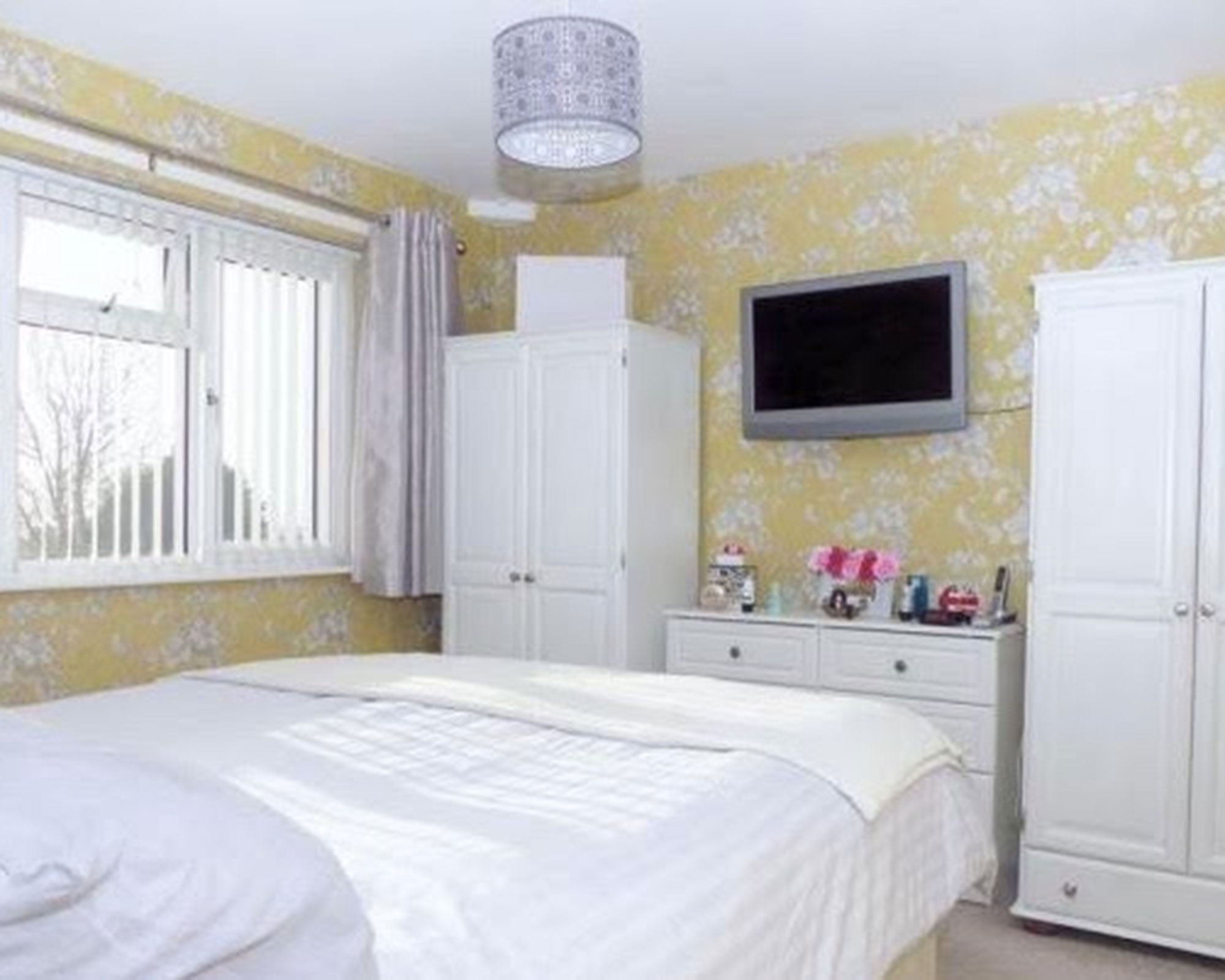
The bedroom was a little drab to say the least, in need of some color, texture and personality!
You will need:
- 18mm plywood
- 2” foam I got mine from Dunelm
- 4m Barrier cloth fabric
- 4m Fabric
- Electric knife
- Electric Staple Gun
- Spray Adhesive
- Wooden battens
- Screws
- Heavy Duty Velcro
1. Design it
This headboard design consists of 10 curved edged panels, attached together at the back with wooden batons. I managed to secure them to the original headboard, so it didn’t need to be secured to the wall.
I wanted to create separate panels, so that it could be easily adjusted or moved in the future.
2. Get the supplies
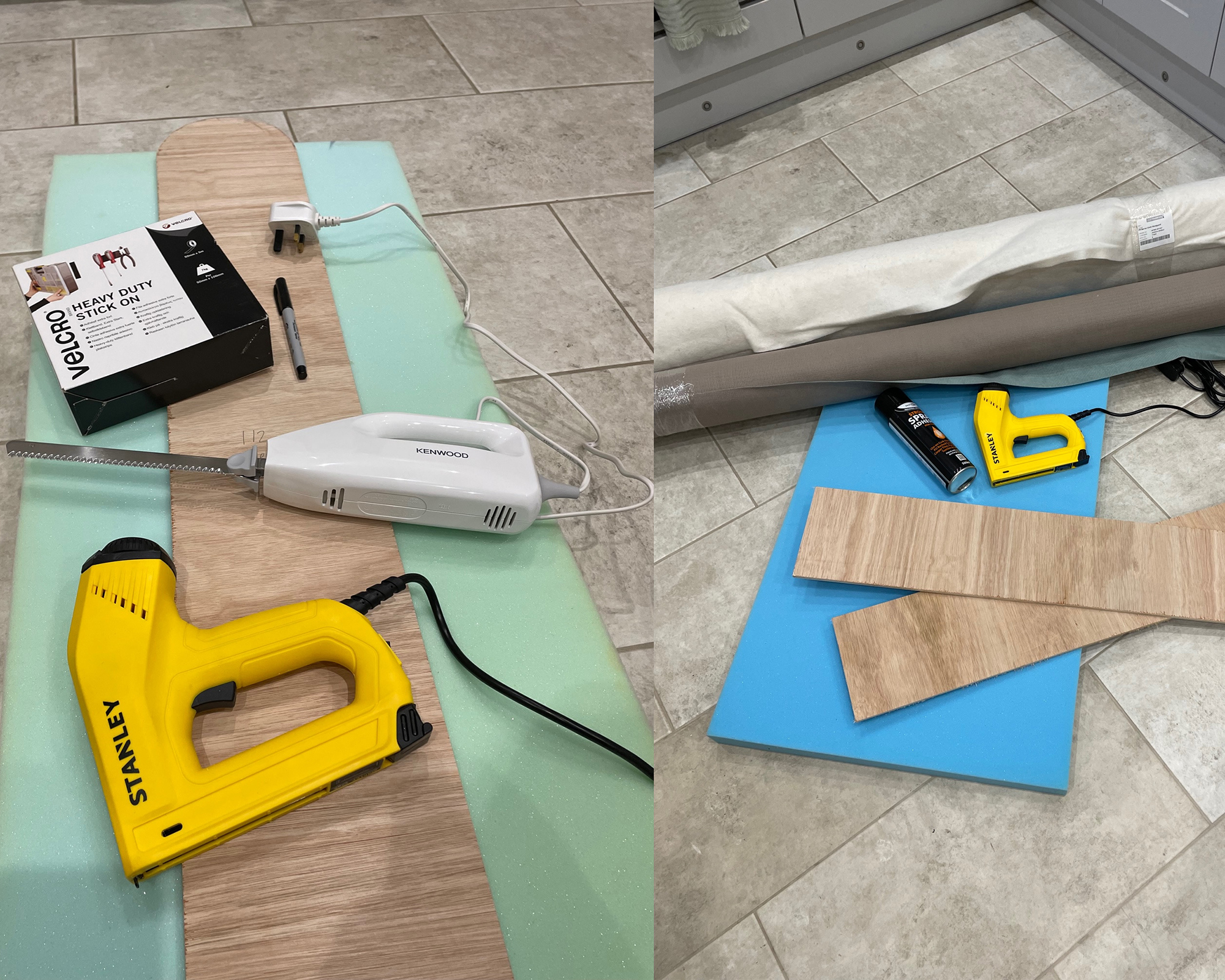
I bought 18mm plywood from our local sawmills which would be used for the 10 panels I needed. I also bought 2” upholstery foam which would provide the cushioned part of the panels. The other materials included 4m of barrier cloth and 4m of my chosen fabric (Soft textured corduroy) from JustFabrics.
Get small space home decor ideas, celeb inspiration, DIY tips and more, straight to your inbox!
3. Create the shape

To get my measurements sorted, I had to measure for the two types of panels I needed. I planned to have 2 floor-length panels for the ends, and shorter panels that would attach to the original headboard, and lie behind the mattress. The end panels would be 150cm tall, and the other panels would be 115cm tall.
For the width, I measured the distance between our two bedside mirrors and settled on having it 190cm wide.
I had the plywood cut into 17cm strips at the sawmills so it was easier to transport, but this can be done at home with a table saw or circular saw.
I drew around a jar to create the curve for the top of the panels, and used a jigsaw to cut the excess ply off.
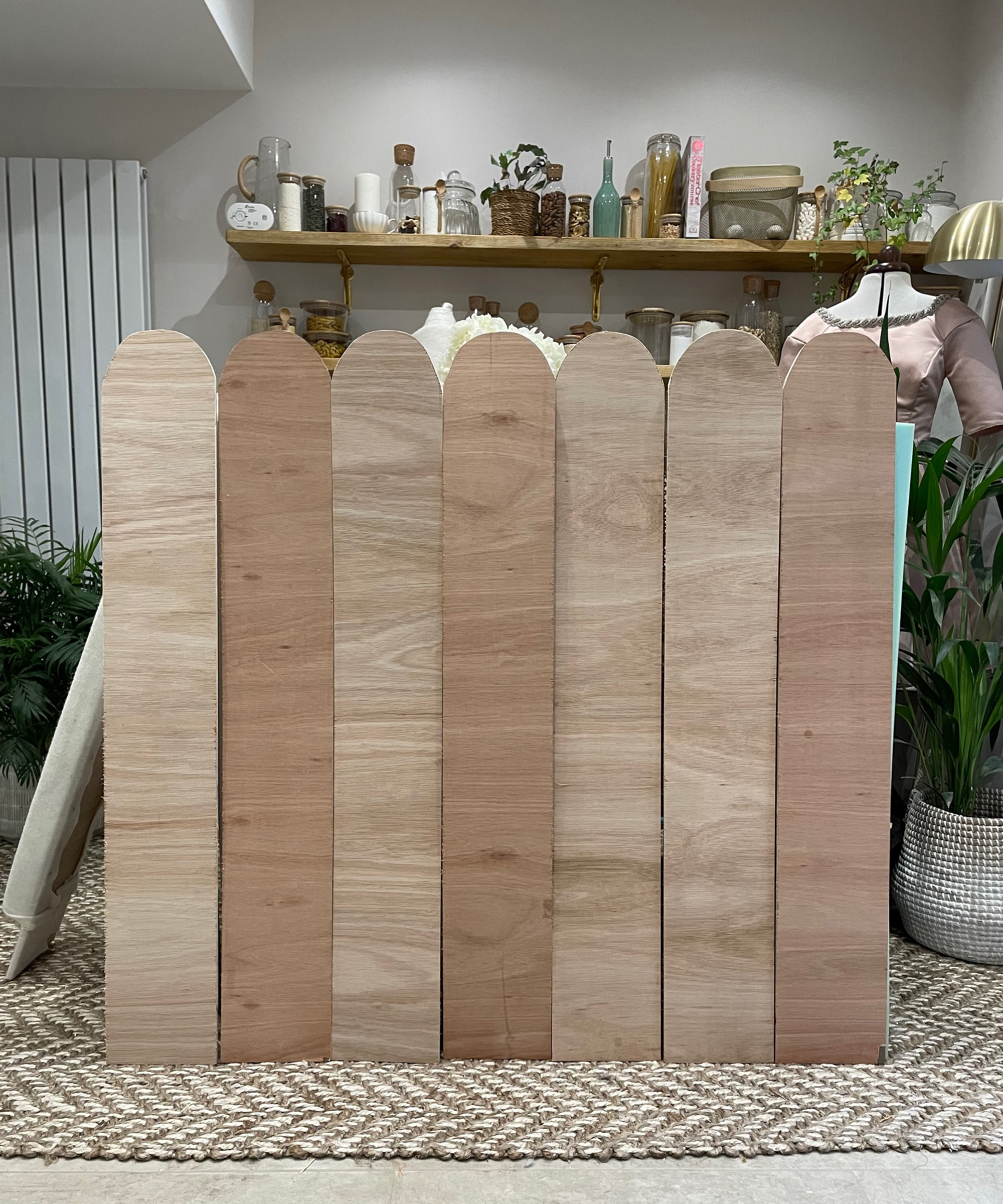
I repeated this process for all 10 panels, using the first as a template for the rest.
Once all of the panels were cut to size, I used them to trace the shape on the foam so that it could be cut to size too. I used a marker pen and marked about 1cm wider than the panels to ensure all of the edges would be cushioned.
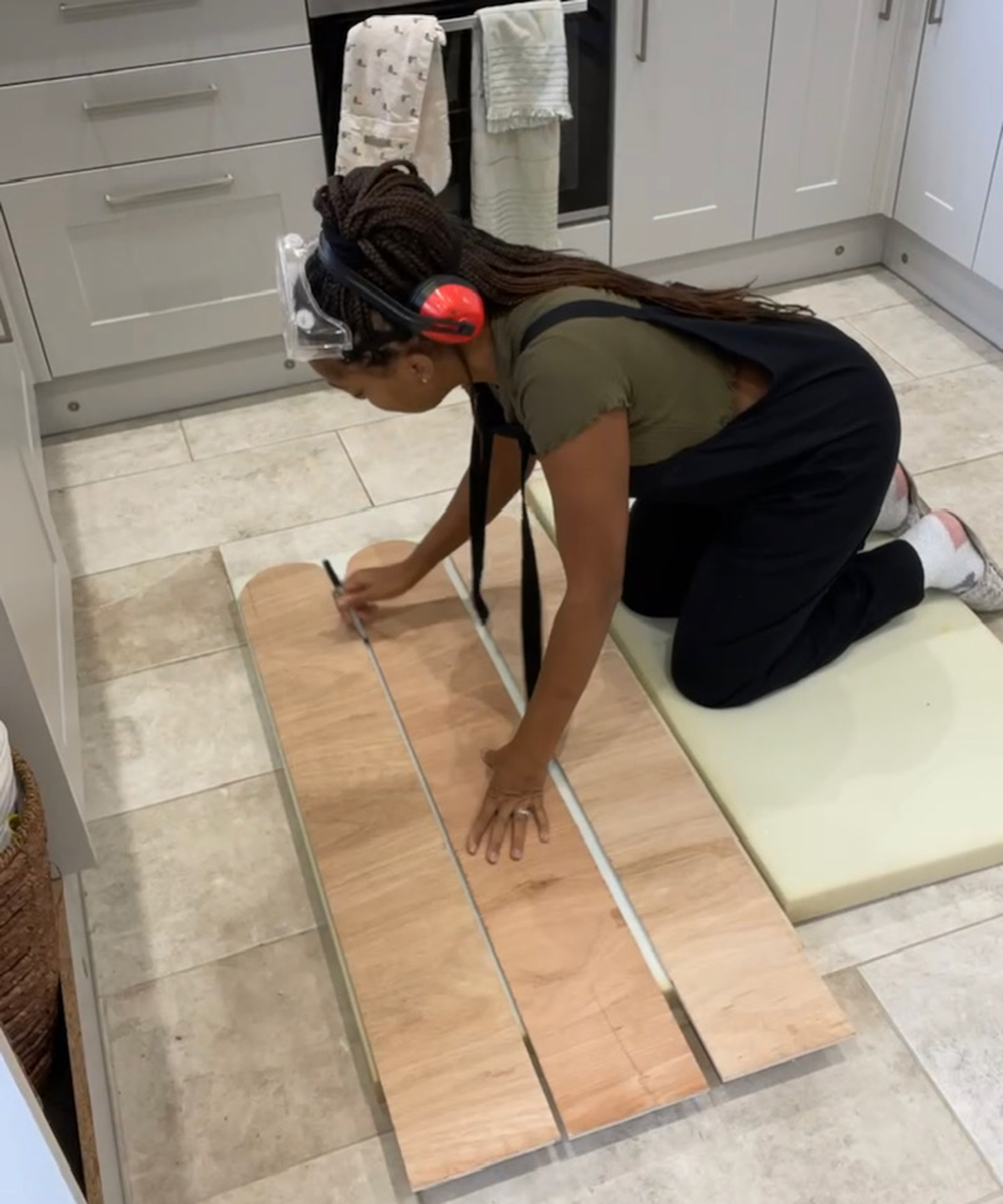
I used an electric knife to cut out the foam panels, which I thought would be easier than it was. My handling of the electric knife could really do with some work, but although they were slightly wonky, they worked out well in the end.
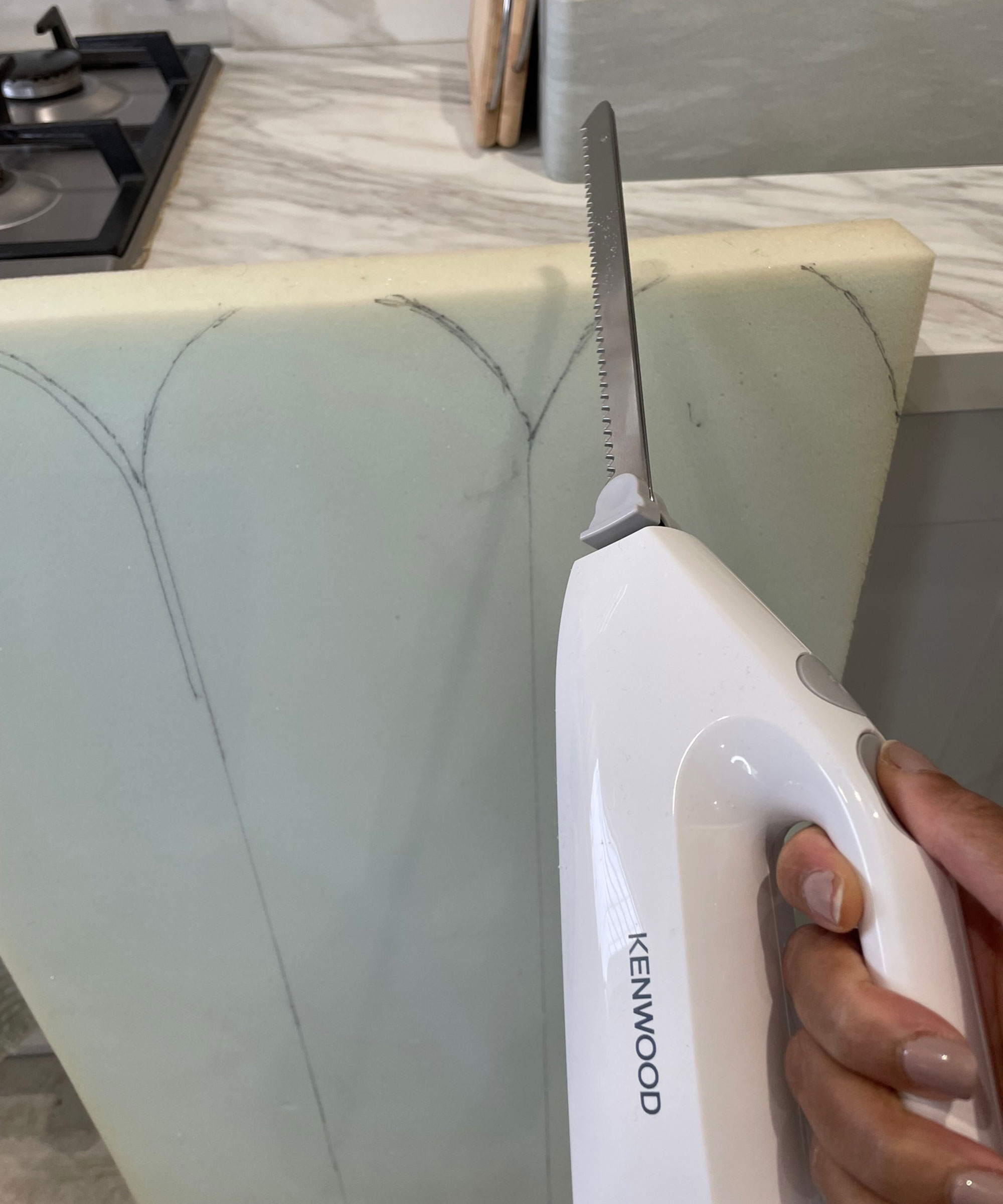
4. Add foam

I used spray adhesive to secure the foam panels to the plywood panels. Spray adhesive needs a few minutes after being sprayed to become tacky before both parts are put together. The floor-length panels needed extra foam added on to fill the gaps, but once the barrier cloth and fabric are attached, you won’t see a difference.
- 10 storage headboards – stylish buys for small homes
5. Wrap it up

The next step was to wrap each panel with the barrier cloth and the fabric. This was done using a staple gun and trimming off the excess fabric. The fabric needed to be pulled taut, to prevent sagging or creases, and it was important to use quite a few staples to stop it from ever unraveling.
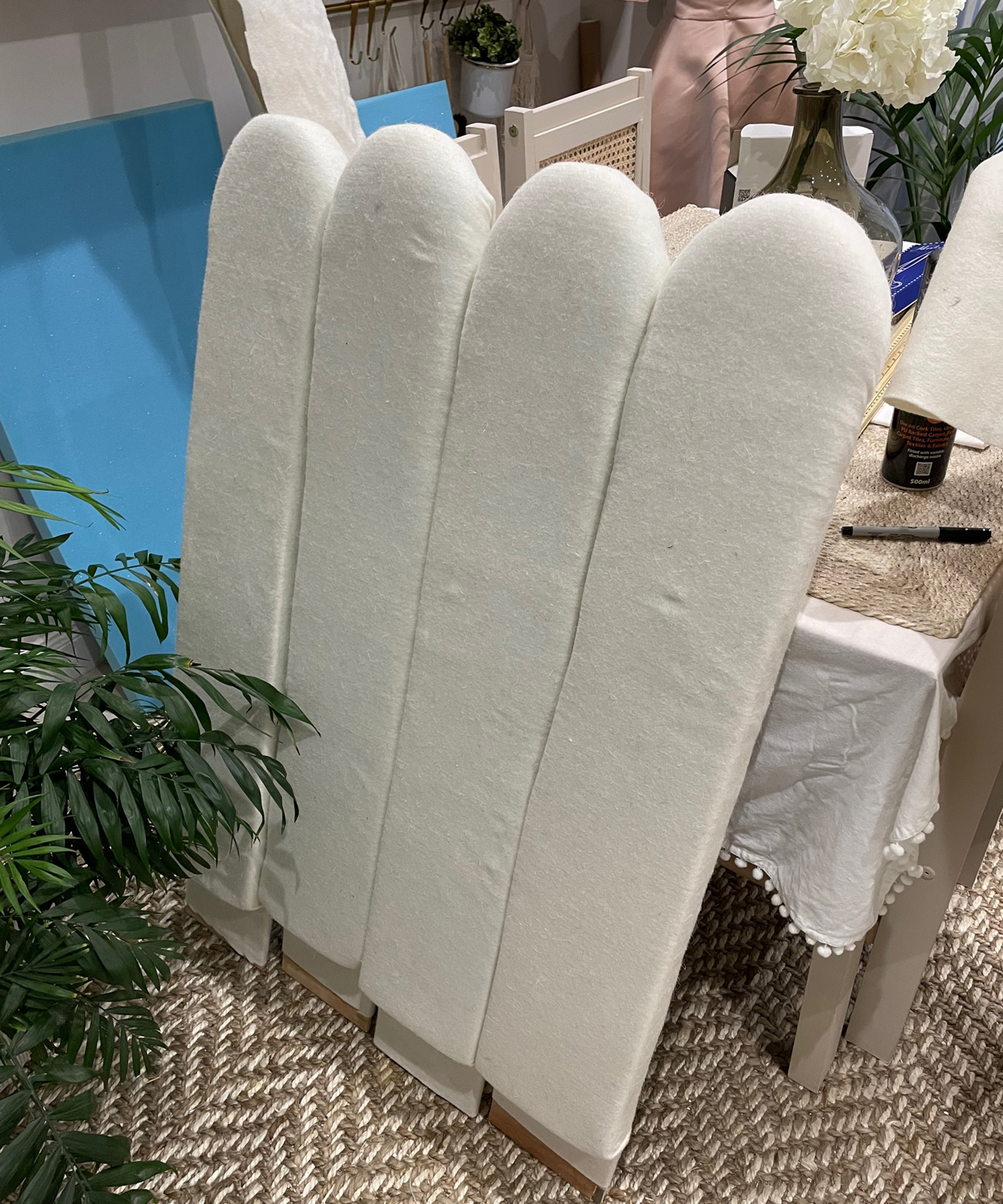
I tested out the position of all the panels when they were wrapped in the barrier cloth. I did this to check the height, and made sure it all fit into place.
When wrapping the final fabric, it was important for me to make sure the curved edge was smooth, and no folds or pleats were noticeable from the front. I used quite a few staples at the top especially to keep it as neat as possible.
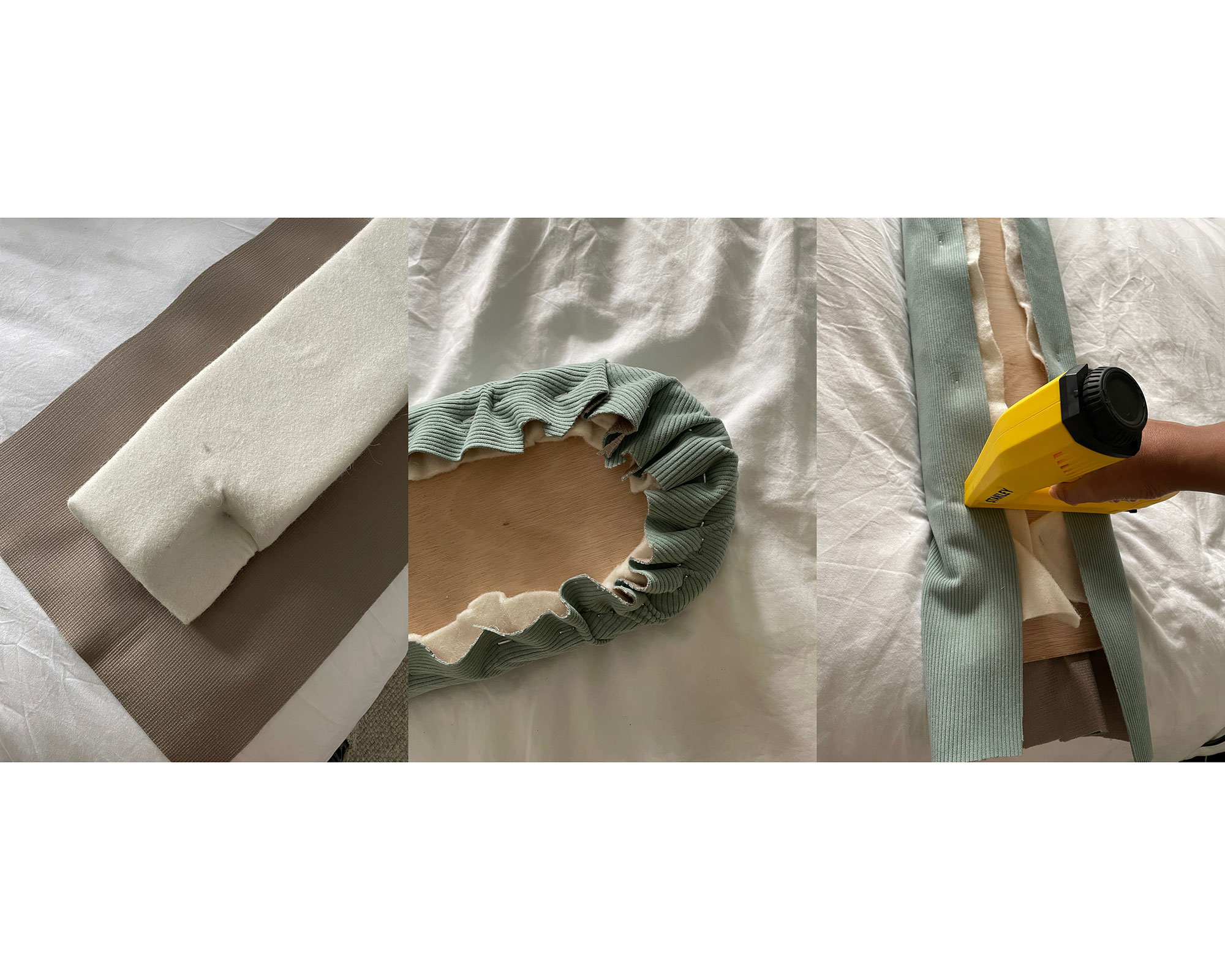
6. Attach together
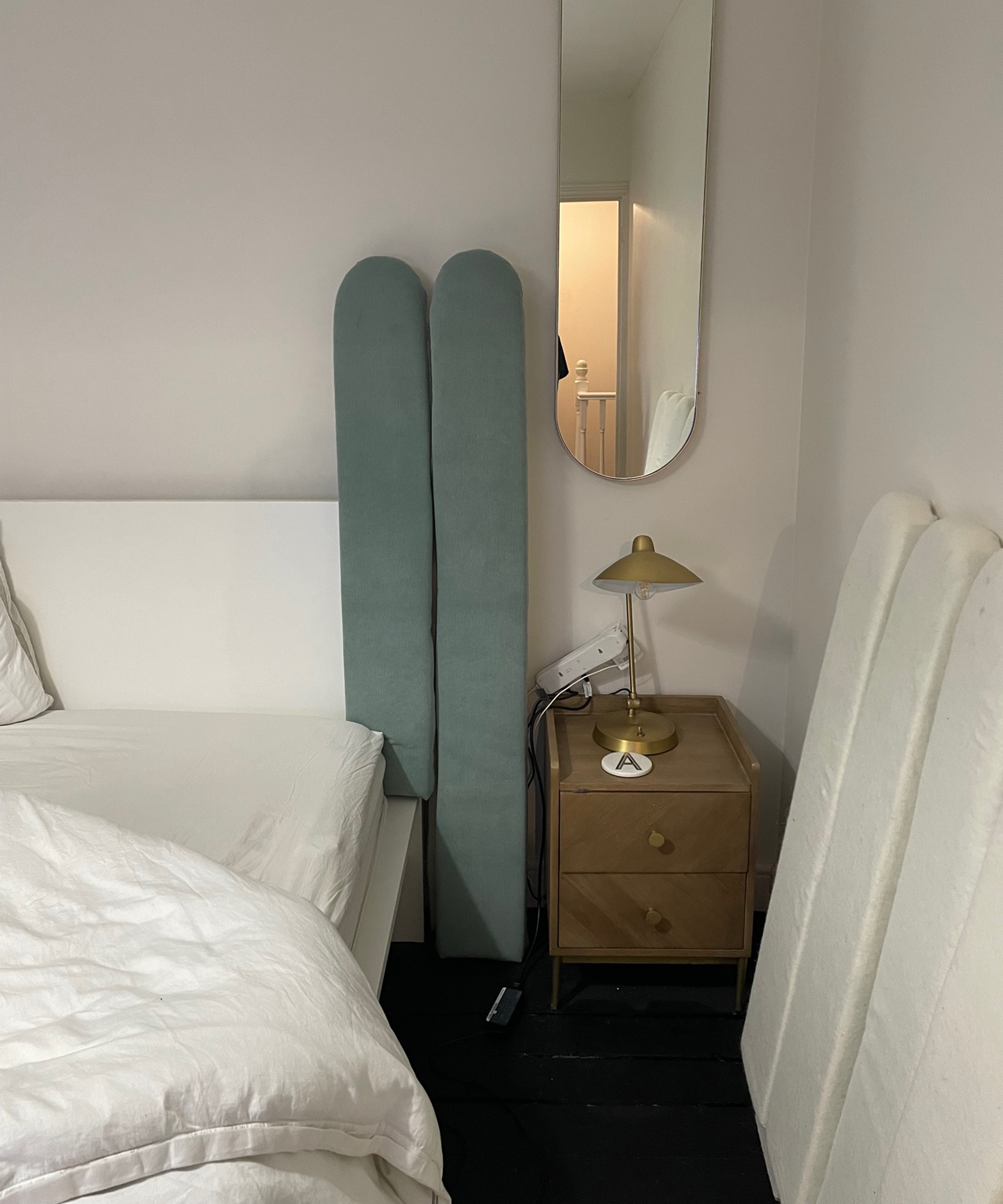
After completing all of the panels, it was time to attach them together.
I did consider velcroing each individual panel to the original headboard, but because of the size and height of the new headboard, I knew wooden batons would make it even more secure.
I used screws to attach the batons to the back of the panels, squeezing the panels together whilst doing it. I wanted to make sure there weren’t any gaps when the headboard was in place.
The last thing to do was to add heavy-duty velcro to the panels and the existing headboard. Once put together, the headboard was secure.
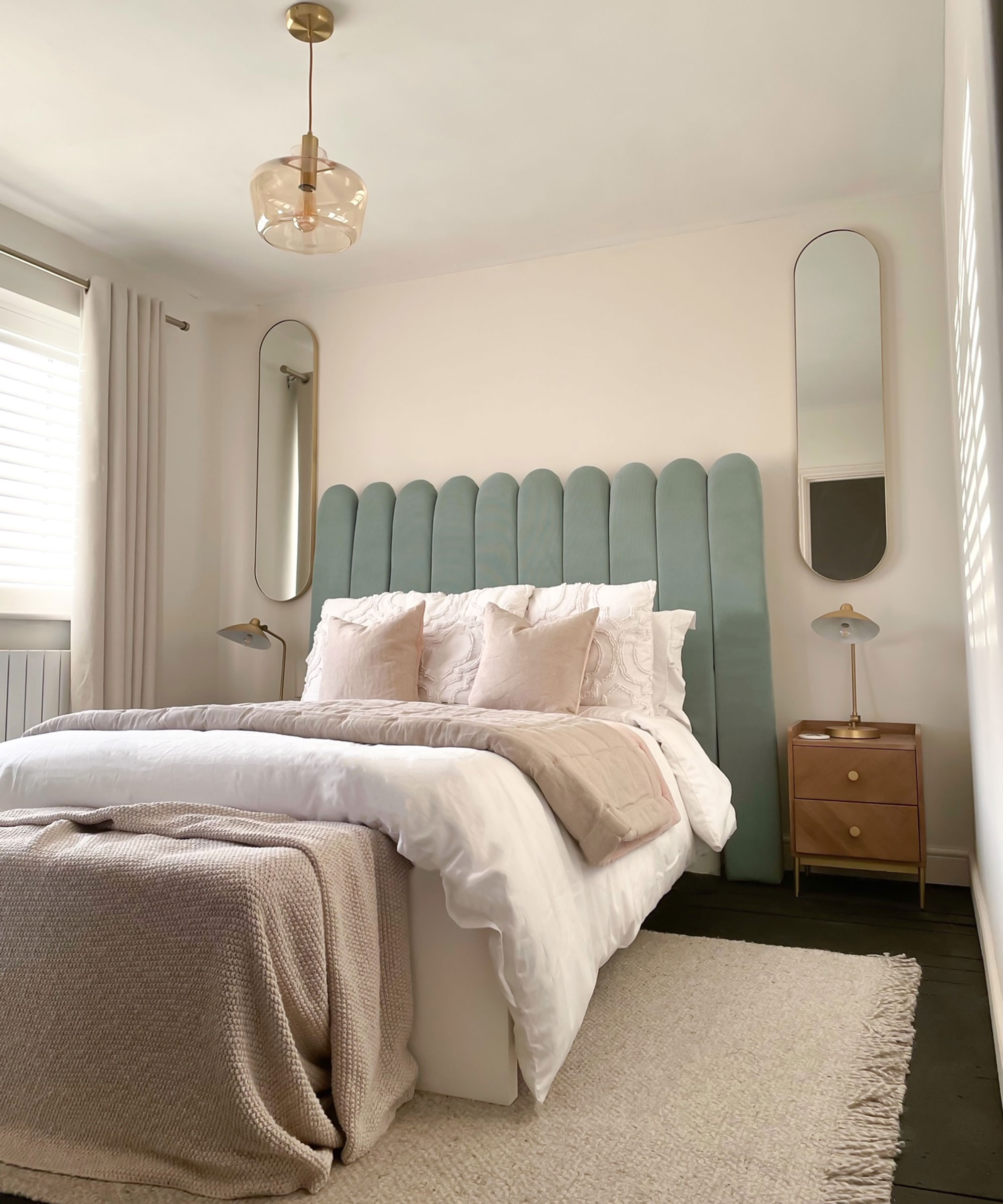
This process can be used for so many different designs and fabrics. Go wild and design your own DIY upholstered scalloped headboard!
Jess Grizzle is a multi-award winning content creator and home interiors influencer. Her social media platforms include her Instagram @grizzle_abode which she started in May 2019. Here she shares the joys and trials of living in a home during a renovation and her many DIY projects.
Although she has always been creative, she really found her love for DIY once she and her husband became homeowners. She realised quite quickly out of the two of them, she was the one with the desire to buy power tools and learn new DIY skills.
She found her passion of championing women to do DIY and take on their own challenges. This led her to become a co-founder of the @femalediycollective, a growing female DIY community celebrating projects from women all around the world.